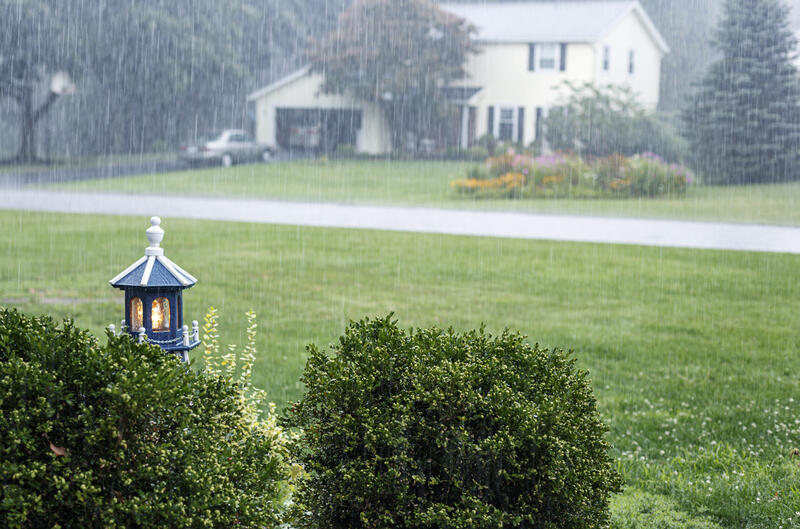What's The Best Time to Reseed Your Lawn In Oregon (Willamette Valley)?


Maintaining a vibrant and healthy lawn requires proper care and yearly reseeding to address bare patches, thinning grass, and enhancing its overall appearance. Choosing the right time to reseed your lawn in the beautiful state of Oregon, with its diverse climate and varying growing conditions, is crucial for achieving optimal results.
Oregon is known for its diverse climate, which can be broadly categorized into the western coastal region, the Willamette Valley, and the eastern part of the state. Coastal areas experience mild, wet winters and cool, dry summers, while the Willamette Valley has a moderate climate with cooler temperatures and more precipitation. The eastern region tends to have a semi-arid climate with hot, dry summers and cold winters. For this blog, we are focusing on the Willamette Valley area.

Reaping the benefits of reseeding your lawn in Oregon heavily relies on timing. The ideal time to reseed varies depending on the specific region and the type of grass you have in your lawn.
In the Willamette Valley, we have a slightly longer growing season. Many online searches will tell you late fall is the best time to seed. However, in our experience, we prefer to seed in early spring. In early spring, mid-April to mid-June (weather depending), this timing takes advantage of the mild temperatures and ample rainfall, allowing the grass to establish roots and develop before summer when you're using it the most.
It is important to note that it's best and most accessible in spring if you have an irrigation system to water your lawn. It does rain a lot in spring and early summer, but it rains more in fall. So if you are hand-watering or use a move-around sprinkler, fall may be more effortless as you will have mother nature on your side with the rainfall.
Choosing the right grass species and variety is crucial to achieving a healthy and resilient lawn in Oregon. Popular grass types for the region include perennial ryegrass, tall fescue, and fine fescue, and bentgrass. Consider shade tolerance, drought resistance, and desired maintenance level when selecting grass seed for your lawn. Sometimes we even mix different seed types depending on the growing conditions of your specific landscape.
Once you've taken the time and effort to reseed your lawn, it's crucial to understand the vital role that proper watering plays in the success of your newly planted grass seed. Watering is a key factor in facilitating germination, root establishment, and overall healthy growth of your new grass. If you allow the seed to dry out, it dies; it needs to be kept wet but not sopping. We like to think of it as a damp sponge, not dry but not overly wet either.

To water effectively, follow these guidelines: